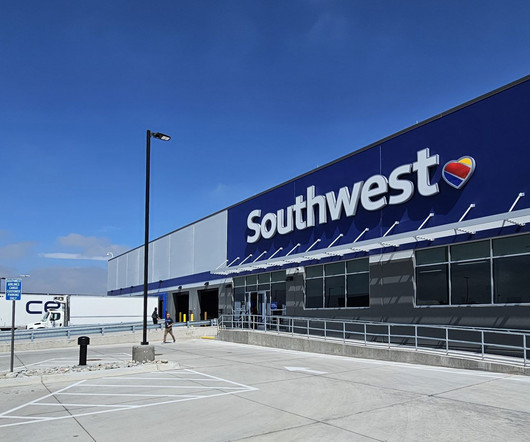The Haul Story with Tim Henry
The Logistics of Logistics
SEPTEMBER 9, 2022
Tim Henry is the CEO and Co-founder of Haul, a Bay Area and Denver based digital platform that connects certified and vetted commercial truck drivers with trucking companies to operate their trucks on assignments of various lengths. Created by Uber Freight alumni, Haul is based in the San Francisco Bay Area and Denver.











































Let's personalize your content